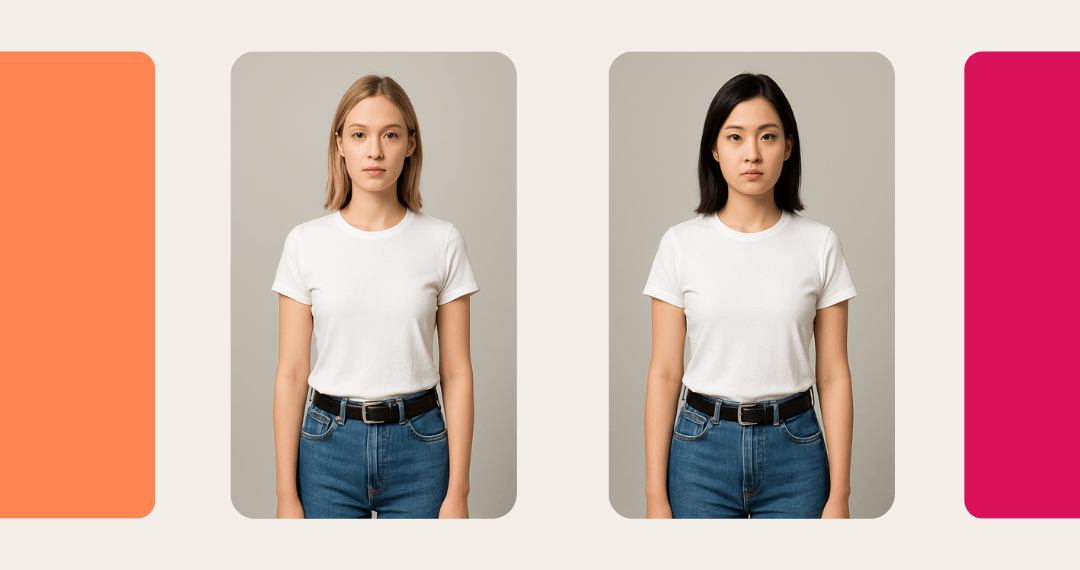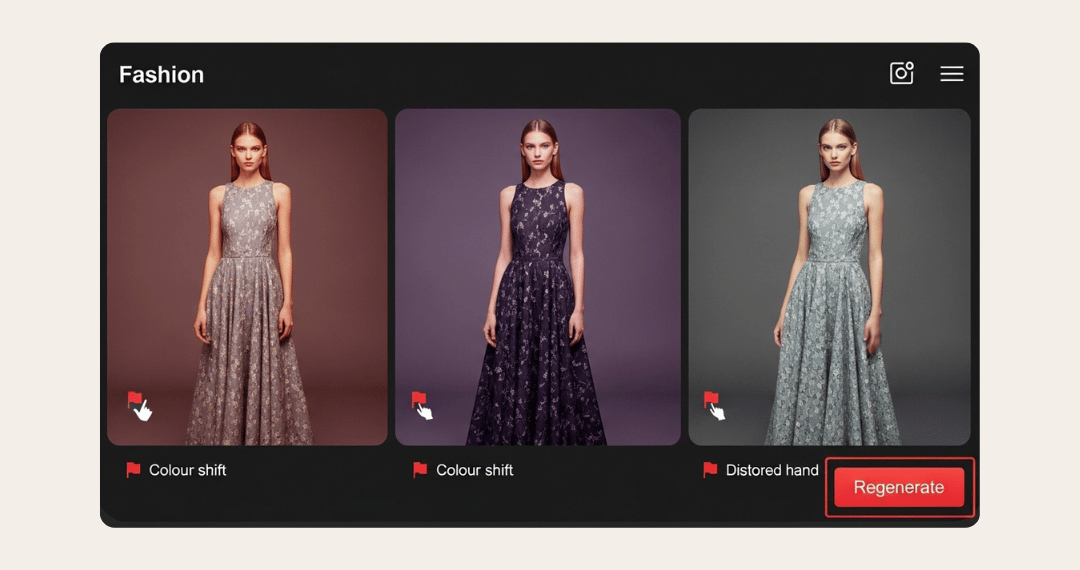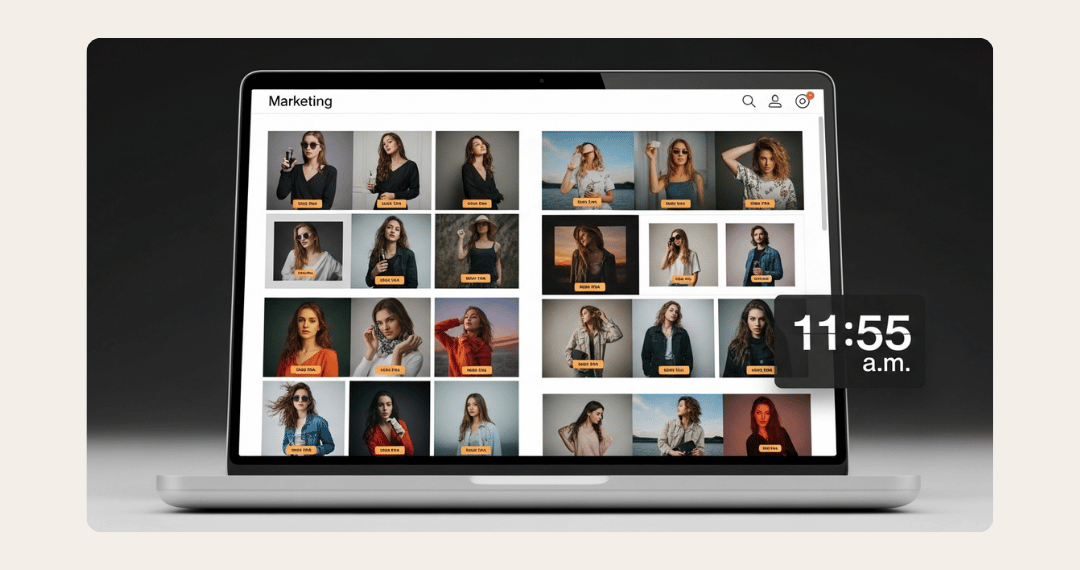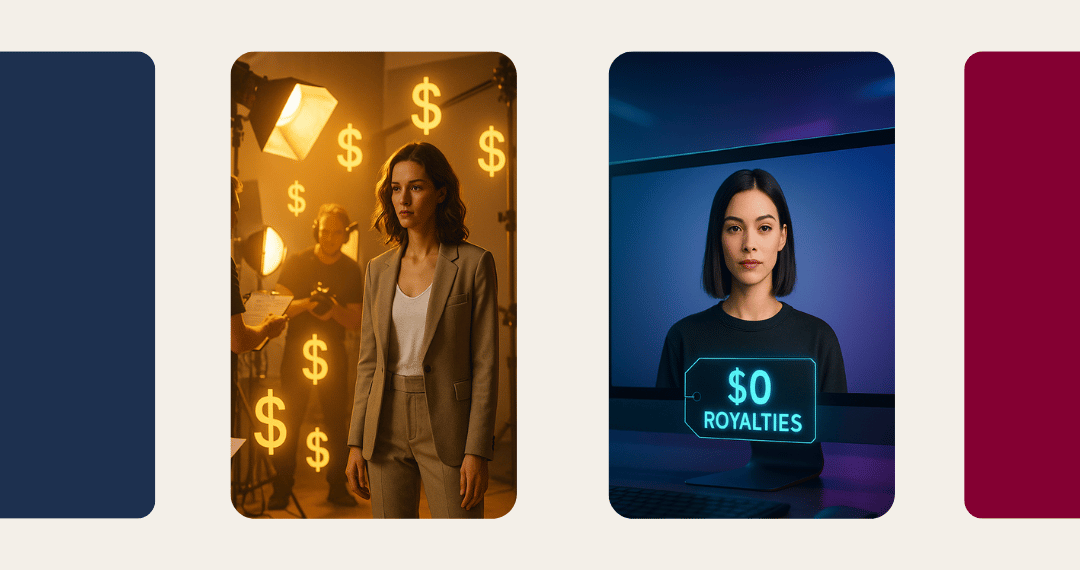Localized Campaign Images for Cross-Border Marketing
In today’s global ecommerce arena, localized campaign images have become a secret weapon for cross-border marketing success. Rather than a one-photo-fits-all approach, brands are learning to tailor visuals so that an outfit “feels” native in Tokyo, Berlin, or São Paulo – all without flying a photographer or model around the world. How is this possible? The answer lies in AI-driven image generation. Advanced tools can swap backdrops and even swap models in a photo, making it look like you did separate shoots for each region when in reality you didn’t even leave the studio. In 2025, marketers can practically launch global campaigns with a few clicks: AI translates copy, adapts imagery, and even creates localized videos with perfect regional nuances.
Pair localized images with translated copy and suddenly you have a hyper-relevant campaign for each market by sunset, not next season. This agility isn’t just a nice-to-have – it directly speaks to rising Gen Z expectations. In fact, 92% of Gen Z shoppers want tech-driven shopping experiences from brands . Embracing AI for regional adaptation of visuals helps meet those expectations and positions your brand as innovative and inclusive.
AI Backdrop Swaps: Scenes That Sell Everywhere
One dramatic way AI boosts localized marketing is through AI backdrop swapping. This technology lets you change the scene behind your model in an existing photo – no plane tickets or on-location shoots required. Have a great studio photo of a dress on a model? With AI, you can replace the plain background with, say, Shibuya Crossing’s city lights for Japan or the Brandenburg Gate for Germany in a matter of minutes. The garment and model stay the same, but the context feels instantly local. The key is that modern AI backdrop tools preserve lighting and perspective, so the composite looks realistic and on-brand.
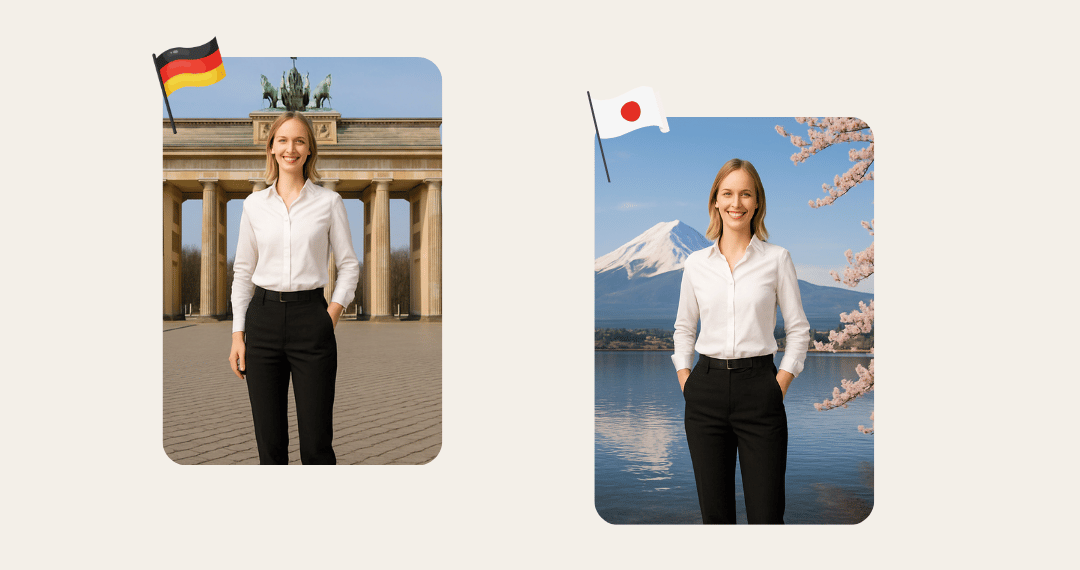
The result: your catalog or lookbook can show each product in a setting that resonates with each region’s culture and aesthetics (regional adaptation), which makes customers feel “this brand gets me.” And unlike manual Photoshop work, AI can do this at scale and speed – truly a game-changer for global marketers. No more coordinating costly multi-location photoshoots or worrying about weather delays; one photoshoot can yield imagery for dozens of markets. As a bonus, this also reduces your carbon footprint (no need to ship clothes and crews around). It’s efficiency meets creativity.
Model Swapping: Diversity Without New Photoshoots
If swapping backgrounds is impressive, swapping models is the masterstroke – and it deserves the spotlight (about 80% of our focus, in fact!). AI model swapping means you can take one photo of a garment and digitally replace the human wearing it with different virtual models, all while keeping the clothing exactly the same. Imagine photographing your new jacket on one model, then instantly generating images of that same jacket on models of different ethnicities, body types, ages, or genders – with zero additional shoots. This was science fiction a few years ago, but generative AI has made it reality.
One AI system’s unique feature is that it can literally “redress” an outfit from a real photo onto a completely different model . In practice, the AI preserves the garment’s fit, drape, and details, and just changes the person wearing it. The benefit? You get a range of diverse, inclusive images showing your product on people who look like your target customers, without hiring extra models or photographers. Research shows this diversity has a business payoff: shoppers not only appreciate seeing models who resemble themselves, but they actually feel more confident about buying when they see the same product on various people .
It’s about relatability – a shopper in São Paulo might connect better if they see a model with a similar skin tone or body shape, while a shopper in Seoul might prefer seeing the outfit on an East Asian model. According to market data, showing products on models that match local customers can boost conversion rates up to 3× higher than using one generic image . In other words, a dress that “looks like it’s made for me” is far more likely to end up in my cart.
From a production standpoint, AI model swapping slashes costs and time. Brands no longer need to organize separate shoots for each demographic or redo an entire photoshoot because they want to target a new locale. There’s also creative freedom: you can experiment with “what if we used a different look?” after the fact. Did the marketing team realize they need an image with a model of a different age or a pose that feels more local? No need for a reshoot – just let the AI generate it. This flexibility was unheard of until recently. It solves the “same-model fatigue” problem as well, where seeing the identical model in every shot can get stale.
Now you can easily showcase an inclusive mix of models across your campaign, keeping it fresh and engaging for all audiences. And because the AI preserves consistent lighting and styling, the images still look like a cohesive series representing your brand. In short, model swapping is the ultimate efficiency hack for global fashion marketing: maximum diversity, zero reshoots.
Four-Step Localization Checklist for Visuals
When using AI to create localized campaign images, keep these four steps in mind to ensure each image truly resonates with the target region:
- Geo Styles: Tailor the setting and style to local tastes. This could mean adjusting the background scene to include iconic architecture or landscapes of the region, or even tweaking the color palette to match local design trends. Make the viewer feel “this scene could be in my city.” For example, a streetwear shot for Tokyo might include neon signs, while one for Dubai might feature a futuristic skyline.
- Lighting Match: Match the lighting and tone to the locale and context. Different regions and shooting scenarios have distinct lighting vibes – a beach shoot for Sydney should have warm, bright sunlight; a London backdrop might be cooler or overcast. When you swap backgrounds or models, ensure the overall light and shadow on the model still look natural for that environment. Consistent lighting makes the AI-generated composite indistinguishable from a real photo.
- Cultural Symbols: Be mindful to incorporate (or at least not clash with) cultural symbols and norms. Small details can increase local appeal – for instance, include local props or subtle nods to cultural elements if appropriate (a Parisian café chair, a New York yellow taxi in the background, etc.). Also be aware of what might be culturally sensitive or off-putting; localization isn’t just about adding, but also avoiding missteps. The goal is for the image to feel comfortably native to the audience without stereotypes.
- Model Swapping: Most importantly, select models that reflect the local demographic or your target customer segment in that region. This is where AI model swapping shines. Choose a diversity of AI-generated models in terms of ethnicity, body size, age, and look – whatever aligns best with each market. If Gen Z in one country relates to a certain style or influencer look, use a model variation that captures that. Ensure the clothing fit is realistic on the new model (good AI tools handle this for you by preserving garment details). The outcome should be that a customer browsing your site in that region sees someone that looks like them or their ideal image, wearing the product. This personalization drives relevance and trust, meeting the local audience “where they are.”
Conclusion: Faster Global Marketing, Human Touch Maintained
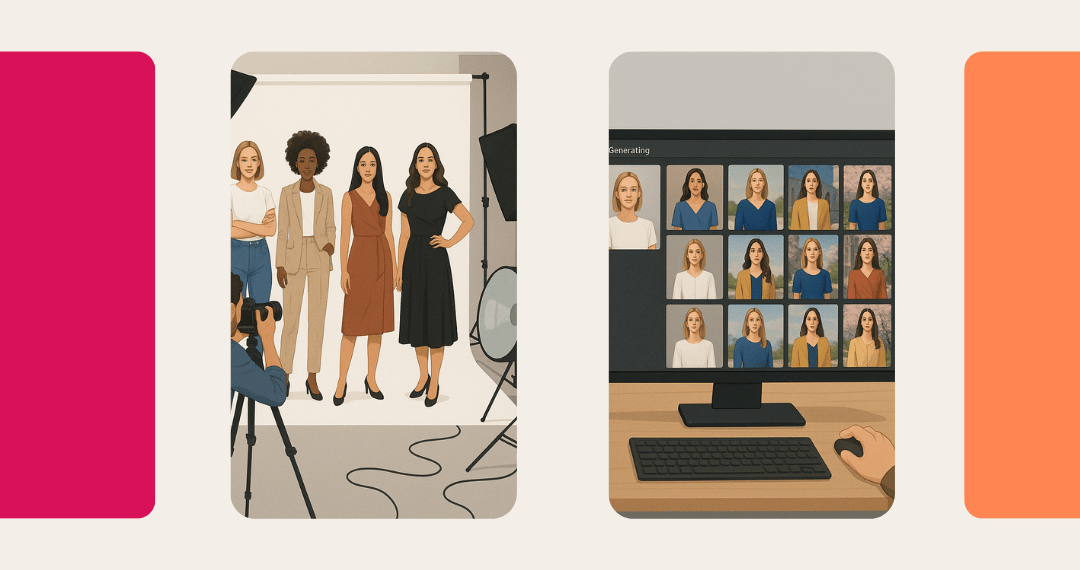
In the past, creating a truly localized image campaign meant a huge investment of time, money, and coordination – often feasible only for big brands with big budgets. Today, AI image generation is leveling that playing field. With AI backdrop swaps and AI model swaps, even a lean team can produce a full portfolio of region-specific visuals in days or weeks instead of months. You can literally sell globally by sunset, turning one photoshoot into content for dozens of markets overnight.
The best part is that while the technology is cutting-edge, the result doesn’t feel cheap or robotic – done right, it feels more human and relatable because each audience sees something tailored to them. Forward-thinking fashion brands are already adopting these tools to accelerate their cross-border marketing, and they’re seeing the payoff in engagement and conversions. After all, meeting local preferences and embracing diversity isn’t just ethically nice; it’s good business.
At Pixit Fashion, this is exactly our focus – helping brands create on-brand, localized campaign images at scale with AI, especially through powerful model swapping. We believe you shouldn’t have to reshoot or reinvent the wheel for every new market. The future of fashion marketing is agile, inclusive, and tech-enabled. So why not let your creative team and our AI do the heavy lifting, while you watch your campaign go live around the world? Sell globally by sunset isn’t just a catchy phrase – with the right AI tools, it’s a realistic strategy to outpace the competition and connect with customers everywhere, faster than ever.
